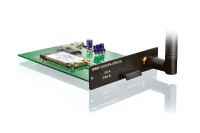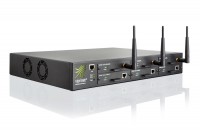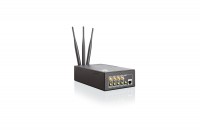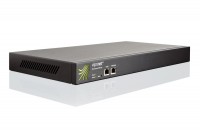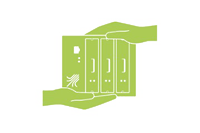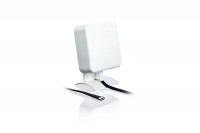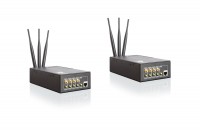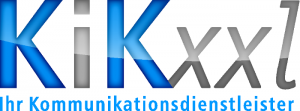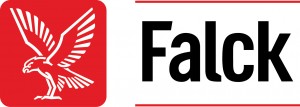Unbelievable, what bonding DSL, UMTS and LTE makes possible
Rapid Aid For Stroke Patients
Time is vital for stroke patients, in order to minimize long-term medical consequential damages. It is therefore of greatest importance for stroke patients that all therapeutic medical procedures start as early as possible. Preferably in the ambulance while it is already on its way to the hospital. The German Federal Ministry of Education and Research sponsored a development project of the so-called ASTER – Acute Stroke Telematics Platform for Ambulances for which Otto von Guericke University Magdeburg in cooperation with Johanniter Unfallhilfe jointly developed an ambulance. All important devices may now be controlled via a single web-based user interface. This enables the transmission of diagnostic information including live video images directly to the medical experts. Emergency patients may be pre-registered at the desired hospital and in addition, an exchange between the location of the hospital and the situation on the streets is enabled via a fleet control system.
Bringing call centers online
Reliable telecommunication systems are vital for each and every company - being unavailable and therefore unable to respond to inquiries means losing turnover. This is especially true for call centers and their business model based entirely on communication. So in this line of business reliability is of highest significance, particularly because communication channels require higher and higher bandwidths themselves, i.e. for video conferencing or VoiP use cases. KiKxxl, a communications provider headquartered in Osnabrück who has won a variety of awards over the years, is counting on Viprinet technology to ensure reliable internet connections for years already.
Saving lives by remote diagnosis
Early and appropriate treatment in medical emergencies can save lives and minimize long-term harm. Ideally, treatment should start in the ambulance while it is on its way to the hospital. Furthermore, if the patient has a potentially serious condition, directing them to the appropriate hospital and unit is also vital, so the medical team there can ensure that the necessary treatment resources are available. This is where telemedicine and eHealth solutions come into play. Transmitting relevant patient data like physiological parameters to specialists in the hospital, and making it possible for the ambulance crew to stream high-definition video from the ambulance facilitates major improvements in patient care. Falck Group, a leading
Nordic-based health solution company with a global presence in 45 countries, has equipped ambulances in Denmark with Viprinet technology to enable the transmission of diagnostic information including live video images directly to medical professionals.

